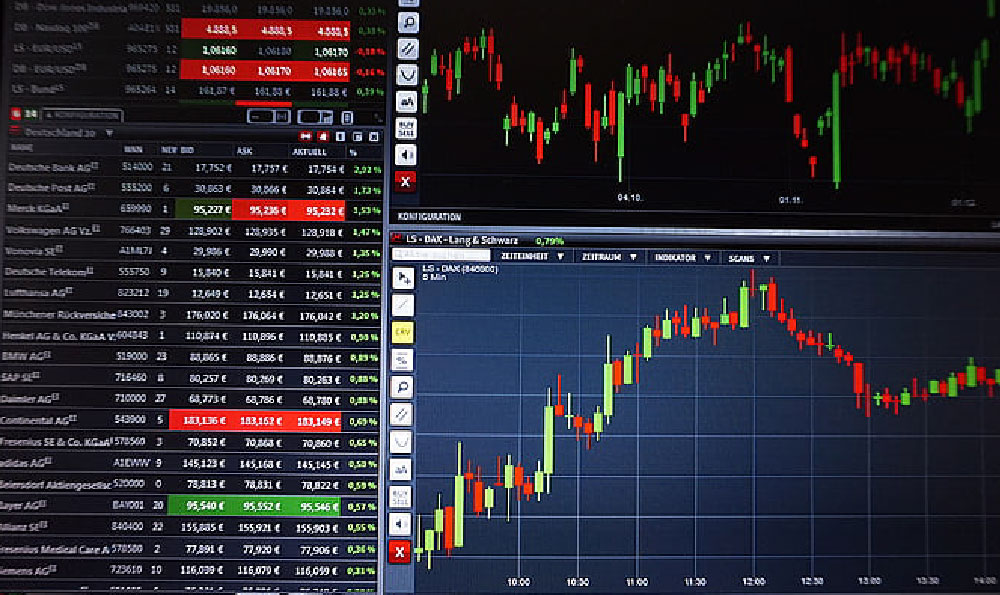Investing in gold has been a cornerstone of wealth preservation and portfolio diversification for centuries. Whether allocating funds to gold in the form of jewelry, physical bullion (like a 1 oz gold coin or bar), or gold-backed Exchange Traded Funds (ETFs), requires a well-considered analysis. Therefore, determining if buying 1 oz of gold is a wise choice demands a nuanced understanding of market dynamics, personal financial goals, risk tolerance, and the potential role of gold within a broader investment strategy.
From a historical perspective, gold has often acted as a safe haven asset, particularly during times of economic uncertainty, geopolitical instability, or inflationary pressures. When traditional assets like stocks and bonds experience volatility, investors often flock to gold, driving up its price. This perceived safety stems from gold's inherent properties: it is a finite resource, it holds intrinsic value, and it cannot be printed or manipulated by governments in the same way as fiat currencies. This aspect lends itself to gold's historical role as a hedge against inflation. While the correlation between gold and inflation is complex and not always consistent in the short-term, over longer periods, gold has generally maintained its purchasing power, making it a viable option for mitigating the erosive effects of rising prices.
However, it's essential to acknowledge that gold's performance can be cyclical and is not guaranteed. There have been periods where gold prices have stagnated or even declined, even during times of economic turmoil. This can be attributed to various factors, including rising interest rates (which make interest-bearing assets more attractive), a strong US dollar (as gold is typically priced in USD), and changes in investor sentiment. The market's perception of risk can be fickle, and what might trigger a gold rush in one period could be ignored in another.

Furthermore, owning physical gold comes with certain drawbacks. There are costs associated with storage, insurance, and security. Unlike stocks or bonds, gold does not generate any income in the form of dividends or interest. Therefore, its value appreciation is the sole driver of potential returns. This lack of income can be a disadvantage for investors seeking regular cash flow. Liquidity can also be a concern, especially if you need to sell your gold quickly. While gold dealers are readily available, the spread between the buying and selling price can be significant, impacting your overall profit.
Assessing whether 1 oz of gold fits into your investment strategy involves several key considerations. First, define your investment goals. Are you looking for long-term wealth preservation, a hedge against inflation, or short-term profit? Gold is generally better suited for long-term investors seeking stability and diversification. Second, evaluate your risk tolerance. If you are a risk-averse investor, allocating a small portion of your portfolio to gold might be appropriate. However, if you are comfortable with higher risk, you might consider other asset classes with potentially higher returns.
Third, consider the current market conditions. Analyze prevailing economic indicators, inflation rates, interest rate policies, and geopolitical events. These factors can significantly influence gold prices. Review technical charts, understand the supply and demand dynamics of the gold market, and pay attention to expert commentary. While past performance is not indicative of future results, understanding historical trends can provide valuable insights.
Beyond these broader economic considerations, it’s crucial to determine the right allocation within your overall portfolio. Many financial advisors suggest allocating no more than 5-10% of your portfolio to gold. This amount provides diversification without overly exposing you to the risks associated with a single asset class. Remember that diversification is key to managing risk and maximizing long-term returns.
Instead of physical bullion, alternative avenues exist for investing in gold. Gold ETFs offer a more liquid and convenient way to gain exposure to gold prices without the hassle of storage and insurance. Gold mining stocks provide indirect exposure to gold, as their performance is often correlated with gold prices. However, these stocks carry additional risks associated with the mining industry, such as operational challenges, regulatory changes, and geopolitical factors.
Before making any investment decision, conduct thorough research, seek professional advice from a qualified financial advisor, and understand the risks involved. Do not invest more than you can afford to lose, and be prepared to hold your investment for the long term. Gold should be viewed as a strategic component of a well-diversified portfolio, not a get-rich-quick scheme.
In conclusion, whether buying 1 oz of gold is a wise choice depends entirely on your individual circumstances, financial goals, and risk tolerance. While gold can provide diversification, inflation protection, and a safe haven during times of uncertainty, it also comes with its own set of limitations and risks. A thoughtful and informed approach, coupled with a well-diversified portfolio, is essential for making sound investment decisions and achieving your financial objectives. Remember to stay informed, adapt your strategy as needed, and prioritize long-term wealth creation over short-term gains. Consider all options including gold-backed ETFs, carefully weigh the pros and cons, and only invest what you can realistically afford to lose.












